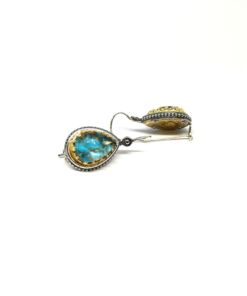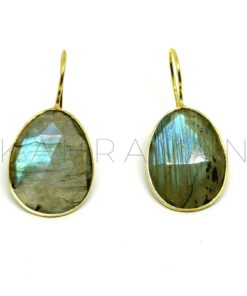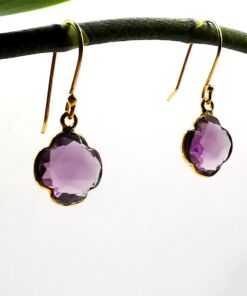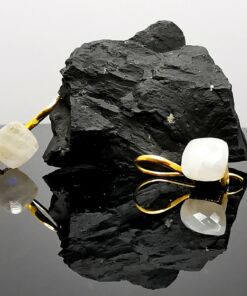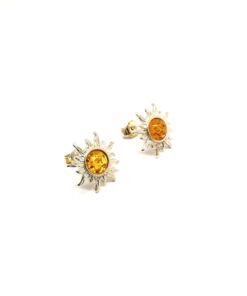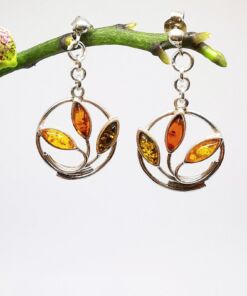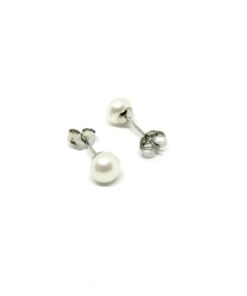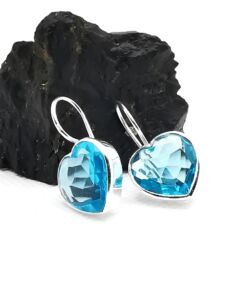Gold-plated Gemstone Earrings BD0145
Gold-plated gemstone earrings created with Amethyst, green Calcite and Carnelian.
Dimensions: 45 mm x 11 mm.
A certificate of authenticity is provided.
The photo may not represent 100% of the product features.
145,00 €
In stock
Amethyst is a variety of quartz that forms fine pyramidal crystals. Its name is of Greek origin. Its hardness is 7 and its specific gravity 2.65. It crystallizes in the orthorhombic crystallographic system and forms crystals in the shape of hexagonal prisms. It is an impressively beautiful material and meets all specifications to be used for crafting jewelry. However, its price is not very high because it is mined in large quantities. Ancient Greeks believed that amethyst could guard against drunkenness. In the Bible it is identified with the ninth tribe of Issachar and adorns the vestments of the high priest of the temple of Solomon. In the Apocalypse of John, it is the twelfth stone of the new Jerusalem. It is found in sedimentary rocks of Brazil, Uruguay, Mexico, USA, the Urals, the Czech Republic and Switzerland.
Calcite or calcite from the word calcium got its name because of its calcium-rich composition. Calcite is sometimes used in jewellery making, because it is very soft, and easily split. It is one of the favorite stones of collectors, because there are very impressive specimens.
Carnelian (or Sard) is a chalcedony (quartz) variety in yellow-orange color. This gemstone obtains its color from the impurities of oxide and iron hydroxide. It is derived from the Latin word “caro” meaning flesh due to its color. Carnelian deposits are located in India, Sri Lanka, Brazil and Uruguay.
| Earrings | Drop Earrings |
|---|---|
| Material | 925 Silver, Precious/Semi-Precious Stones |



